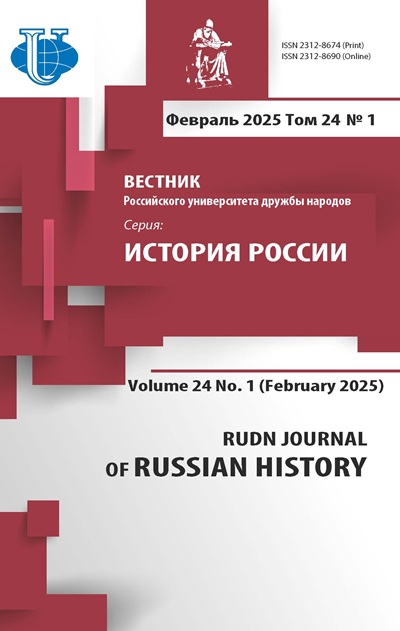Аннотация
Статья посвящена истории русских эмигрантов на филиппинском острове Тубабао, куда они бежали из Китая в 1948 г., когда им угрожала опасность репатриации в СССР. На острове беженцы прожили четыре года, вошедших в историю острова, который получил название «Тьемпо Руссо». Целью исследования является выяснение характера восприятия филиппинцами русских поселенцев через анализ интервью, взятых автором статьи у старшего поколения островитян, имевших непосредственный опыт общения с русскими эмигрантами. Опрос содержал следующие ключевые моменты: 1) чувство опасности, связанное с прибытием русских на остров; 2) формальные и неформальные социальные способы общения между туземцами и русскими; 3) уровень доверия респондентов к русским беженцам. В результате анализа собранного материала удалось установить, что чрезмерное число переселенцев на острове (6 тыс. чел.) первоначально вызывало у местных жителей тревогу за собственную безопасность. Однако характер поведения самих русских, их дружелюбие и открытость в дальнейшем развеяли все страхи. Между русскими и островитянами установились устойчивые связи, в рамках которых были выработаны коммуникативные практики, выражавшиеся в интенсивном продуктообмене, совместном проведении досуга и проч. Одновременно происходило приобщение туземцев к русской повседневной культуре: игре на фортепьяно, просмотру кинофильмов, употреблению алкоголя (кокосового вина). В целом восприятие русских местными жителями носило положительный характер. Они запомнились людьми открытыми, «нестеснительными», дружелюбными, гостеприимными, любившими выпивать и угощать.
















